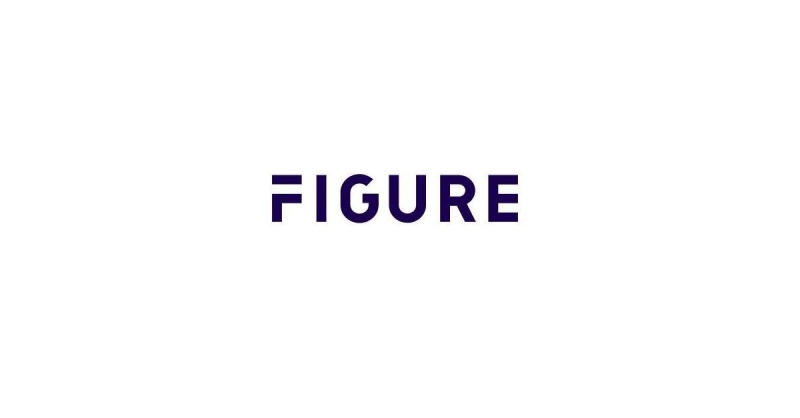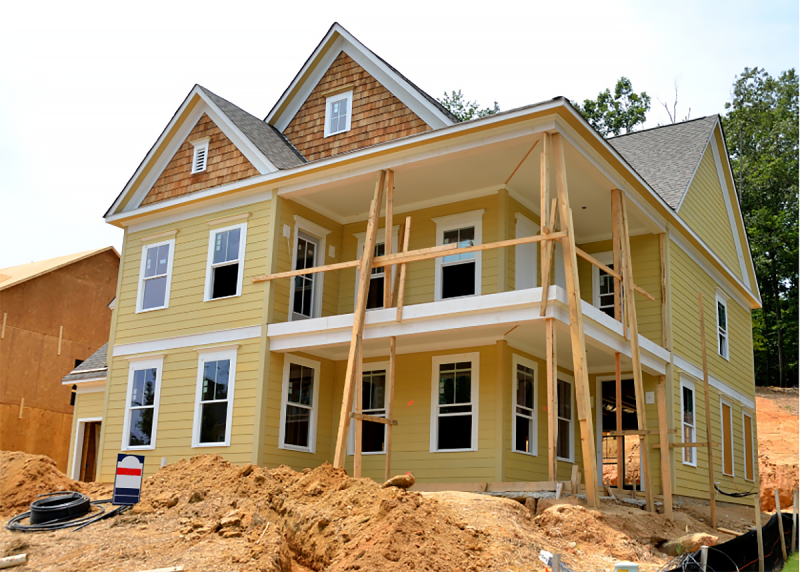Advertisement
Latest Consumer Credit Default Indices Indicate Decline in National Default Rates

Data through April 2014, released by S&P Dow Jones Indices and Experian for the S&P/Experian Consumer Credit Default Indices showed decline in national default rates from the previous month. The national composite recorded its lowest post-recession rate; it posted 1.11 percent in April, the lowest default rate since June 2006. The auto loan rate of 0.92 percent is a new historic low beating out the previous low of 0.99 percent set last month.
The first mortgage default rate continued its downward trend, recording 1.01 percent in April, the seventh consecutive month of decline and lowest level seen since July 2006. Both the bank card and second mortgage saw their default rates increase; the bank card rate was 2.84 percent and the second mortgage posted 0.63 percent in April 2014.
“The prospect for further gains in economic activity and consumer confidence is good as shown by the continuing decline in consumer credit default rates,” says David M. Blitzer, managing director and chairman of the Index Committee for S&P Dow Jones Indices. “Consumer default rates have stabilized at levels similar to those seen before the financial crisis. The national composite is nearing a historic low while the auto loan reached a historic low in April. Neither the one-month uptick in consumer price inflation nor the Federal Reserve’s winding down of its bond buying threaten either consumer default rates or overall economic activity.
“All five cities saw default rate decreases for their second consecutive month. Dallas posted a default rate of 0.83 percent, a new historic low. New York experienced the largest downturn; it posted 1.19 percent in April, 18 basis points lower than last month’s level. New York also recorded the largest decrease year-over-year; the 1.19 percent rate in April 2014 was down 59 basis points from the 1.78 percent rate in April 2013. Miami continues to maintain the highest default rate while Dallas has the lowest. All five cities – Chicago, Dallas, Los Angeles, Miami and New York – remain below default rates they posted a year ago.”
About the author




